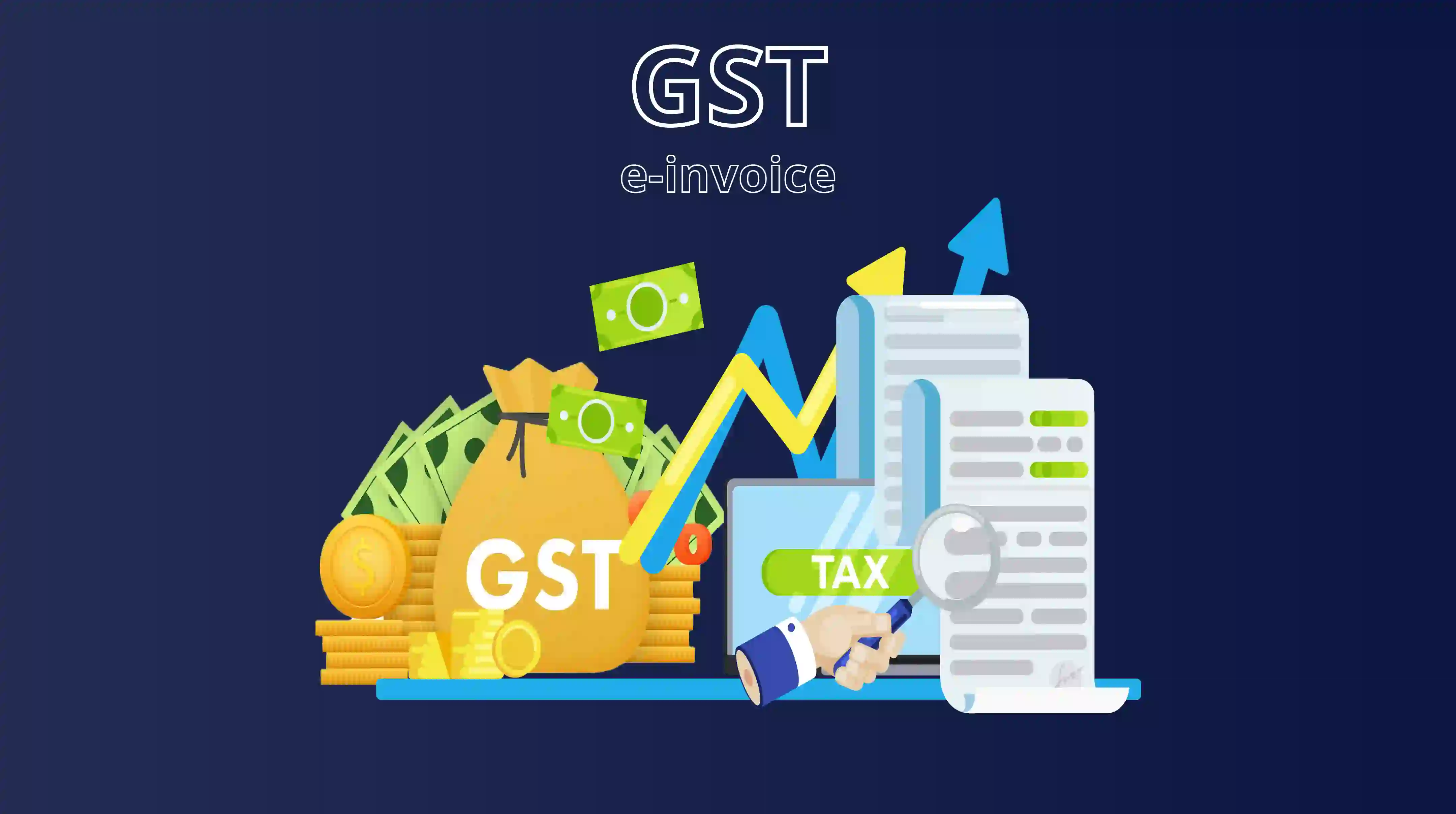All B2B invoices are electronically uploaded and authorised by the designated site under the
After successful authentication, IRP generates a distinct Invoice Reference Number (IRN) for each invoice. Each invoice has an IRN, a QR code, and a digital signature. Under GST, this procedure is referred to as e-invoicing.
Why is e-Invoicing being used now?
Although the invoices produced by each software appear to be somewhat similar, the computer system is unable to comprehend them, whereas business users are completely able to do so. For instance, a machine running accounting software "B" cannot read an invoice created by accounting programme "A".
There are hundreds of accounting and billing programmes available today that produce invoices, and each of them has a unique format for storing the data. These invoices still include the same information, but the GST system is unable to read and comprehend them.
To make a long tale short, the same information is currently supplied in many invoicing formats, making it impossible for a system to comprehend it.
As a result, it was deemed necessary to define the format in which electronic data from an invoice will be exchanged with others in order to guarantee data compatibility.
What advantages do e-Invoices offer?
Pre-populating the returns and reducing the obstacles of reconciliation are the main goals underlying the deployment of the e-invoice system. This is made possible by the way the IRP system is set up to share invoice data with the e-way bill and GST systems. Therefore, ongoing invoice uploading will guarantee that the majority of information needed in returns and the e-way bill is automatically filled in.
Some of the main advantages of e-invoicing include the following:
- reduces the need for multiple reports on the same invoice information. It only requires a single upload, and everything will be pre-populated as needed.
- Only the transporter details need to be updated since Part-A of the e-Way bill will be automatically captured.
- The B2B information will automatically be collected in the GSTR-1 return upon invoice upload.
- Significantly less difficult to verify input credits because the buyer will report the same information to the tax agency in his inward supply (purchase) register (GSTR 2A).
- After receiving information from the GST System, a buyer can promptly accept or reject it under a new return by performing a reconciliation with his purchase register.
How can electronic invoicing stop tax fraud?
E-invoicing has several advantages, and one of them is that it can prevent tax avoidance. The likelihood of amending an e-invoice is limited because the invoice is prepared prior to any transaction taking place. Another benefit of using an electronic invoice is that it gives the authorities access to real-time data on all transactions. Due to automation and extensive checks, e-invoicing significantly reduces the number of fraudulent GST invoices and assures that input tax credit is claimed on actual GST invoices. It is simple for GSTN to find someone who tries to submit a false tax credit claim.
What kind of firm will be able to use an electronic invoice?
All firms that are GST-registered and issue B2B invoices in the manner described above will be subject to electronic invoicing.
